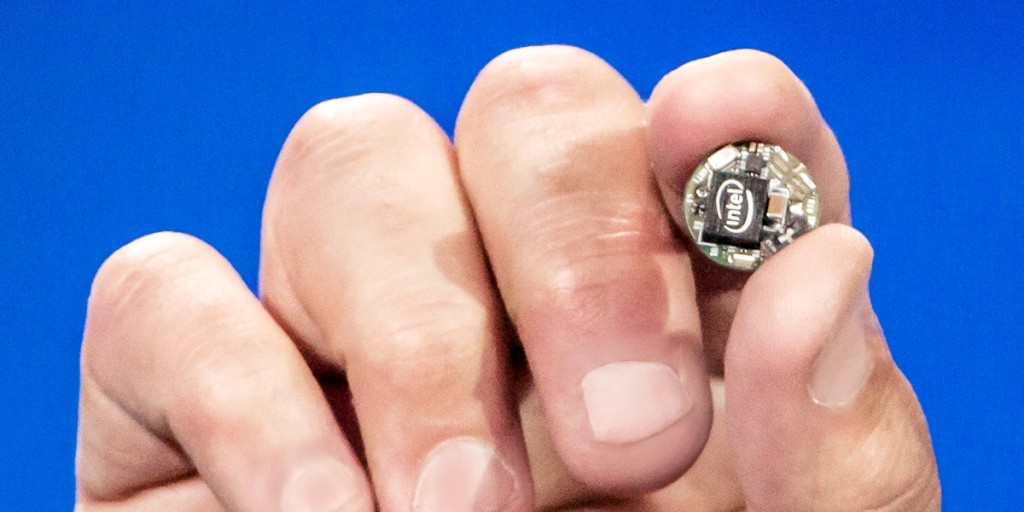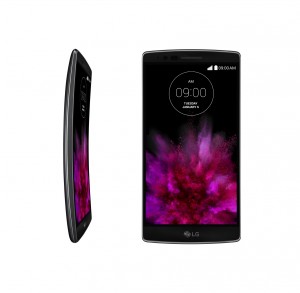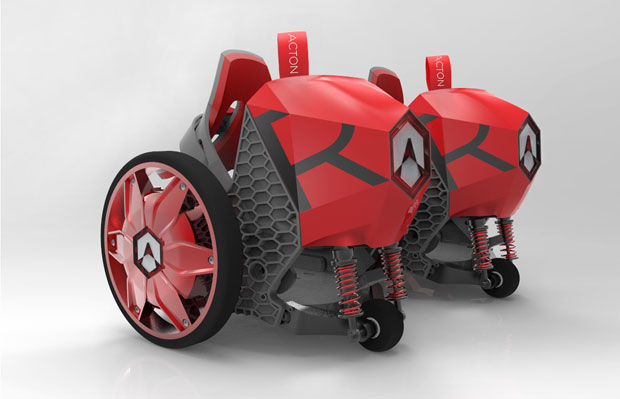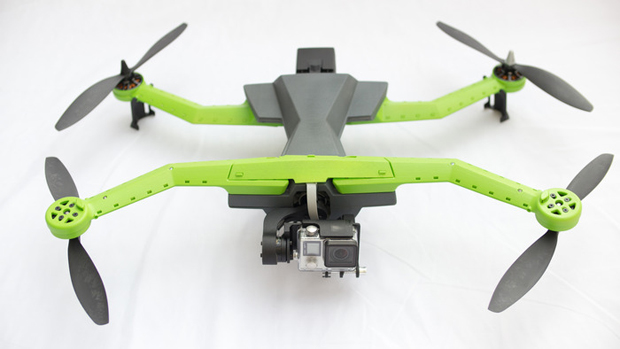Design Exploration and Optimization News
Design Exploration and Optimization Resources


Latest News
January 8, 2015
Las Vegas became an epicenter of future tech this week as it hosted this year’s International Consumer Electronics Show (CES). Attendees were able to gather and see all the latest in wearables, automotive, robotics, computing, 3D printing and more.
One of the big-ticket items at CES 2015 came from Mercedes-Benz. The F 015 Luxury in Motion is the company’s newest design for a self-driving car. It is designed to fit four people and has a total of six mounted displays for connected transportation. Passengers can interact with the car through gestures or using touch screens. Additionally, the F 015 can communicate with its surroundings visually and acoustically. Displays on the car’s exterior can display commands in addition to speaking them to pedestrians or passengers. Below you’ll find a video highlighting some of the car’s features:
Intel made a splash with its debut of the Intel Curie Module. This button-sized hardware product is ideal for a variety of wearable solutions, including the Intel RealSense cameras. With this technology, designers can provide computing and power to robots, multi-copter drones and 3D immersive experiences.
Samsung announced the SmartThings Hub as part of furthering Internet of Things technology. This device enables users to create a smart home with a central processor and sensors. SmartThings, the device’s creator, stated plans to launch a Hub with a more powerful processor, local application engine and expanded cellular connectivity. The Hub is also part of SmartThings’ open platform, which the company discussed adding more integrations for Samsung smart appliances, climate data, window shades and more.
More on the consumer front, LG debuted the LG G Flex2 curved smartphone. It is equipped with a Snapdragon 810 processor and Octa-core 64-bit capable GPUs. This generation is more ergonomic and durable, the company states. Its cover glass is approximately 20% more durable and the case has a “Self Healing” back. For a display, users have 1080p full HD technology for a crisp-looking user interface on a 5.5 in. screen.
Crowdsourced technology also exhibited a presence at CES. One example were the ACTON RocketSkates. After successfully funding itself on Kickstarter in August 2014, the company launched these skates at the show. Wearers can simply strap them on and get moving. This form of transport also comes with an application to monitor performance. With the application, users can track routes, battery status, social networks and run diagnoses on the RocketSkates. A software developer kit (SDK) is also available for those interested in creating games and new application features.
Attendees were also able to check out a variety of robots and drones, from the FuRO-S to the AirDog unmanned aerial vehicle. The FuRO robot from Future Robot is designed for several service-oriented applications, and is equipped with a touch screen, a motion sensor and small printer. It is built with open source software and is programmed to move and react to body language to give a more human appearance. The company states it can act as a mobile advertisement, infotainment or payment and printing service.
The AirDog is designed to not only fly, but is also equipped with a camera to capture subjects from a variety of viewpoints. It is completely autonomous once activated, and is able to track movements to take photos and video. It uses a Gyroscope Stabilized Gimbal to capture stable video. For wider range of capture, the company also debuted the AirLeash for greater control and navigation. The goal of this technology is to help enthusiasts of snowboarding, kitesurfing, wakeboarding and more capture their adventures easier.
Another hot topic this year was wearables, which were designed in a variety of forms. From smartwatches to biometric patches to applications, attendees could make sure that they were connected and monitoring themselves in no time.
Garmin, a provider of GPS systems, released several new smartwatches. Among them was the epix, which is suitable for hiking applications with a 1.4 in. touchscreen and a relief basemap. It is equipped with a high-sensitivity EXO antenna that provides GPS signal strength and access to GLONASS satellites. There is also 8GB of built-in memory for loading maps and satellite imagery. It also includes an altimeter, barometer and 3-axis compass.
Breaking away from smartwatches, Glagla International introduced its Digitsole. The insert is a connected, interactive, heated insole that wearers can control via a smartphone. It is equipped with Bluetooth 4.0 and can collect data such as steps walked and calories burned. The video below expands on the technology’s features:
CES 2015 runs from January 6 to 9. You can explore more technology at the convention’s website, or on Twitter with #CES2015.
Learn more about 3D printing at CES 2015 on Rapid Ready Technology.
Sources: Press materials received from the company and additional information gleaned from the company’s website.
Subscribe to our FREE magazine, FREE email newsletters or both!
Latest News
About the Author
Jess Lulka is a former associate editor for Digital Engineering. Contact her via [email protected].
Follow DE







